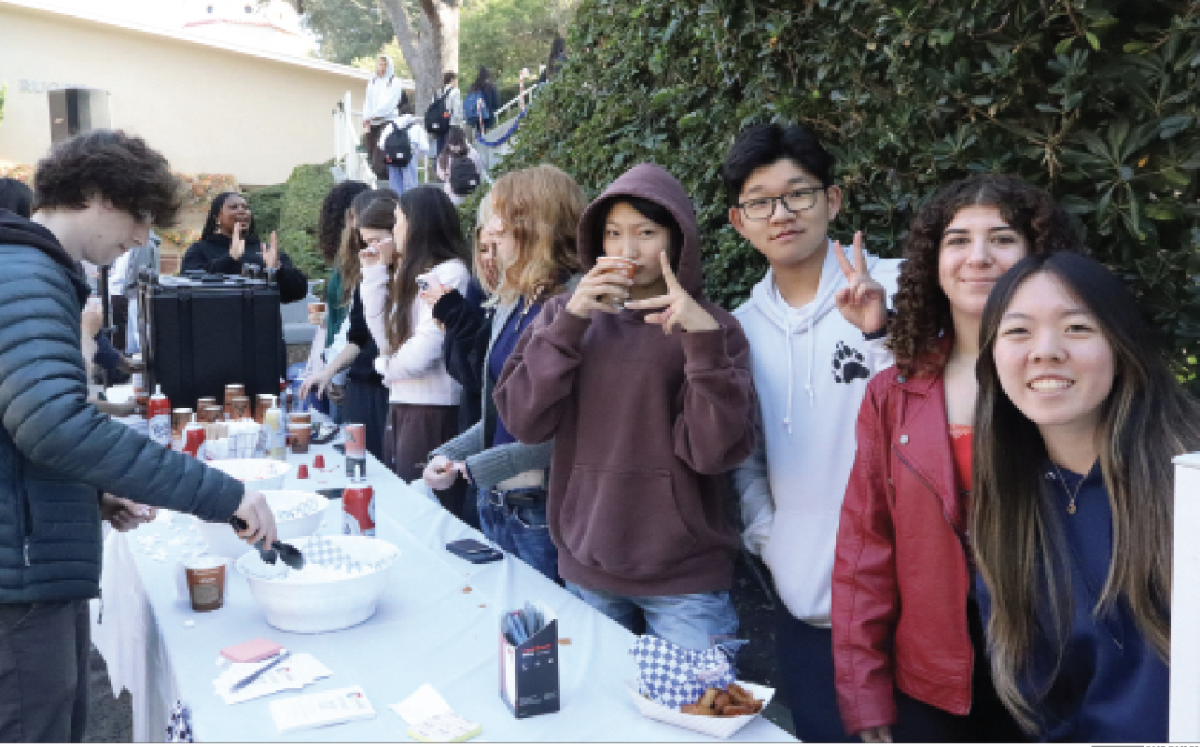By Sammy Roth
This summer, you may have seen “The Dark Knight,” the critically acclaimed sequel to “Batman Begins,” but chances are you have not seen its surreal parody.
Tessa Williams â06 worked with three friends to write “The Darq Knight,” which was performed six times Oct. 16-18 at Yale Universityâs Off-Broadway theater. Williams is currently in her junior year at Yale.
The production was paid for by the Sudler fund, which grants Yale students money for ventures in the arts, so Williams and her friends were not allowed to charge admission.
As a result, she said, they had no problems with copyright laws.
Williams was involved in the theater and performing arts programs at Harvard-Westlake. She acted in eight school plays and musicals, wrote three plays for Playwrightsâ Festivals, and participated in the improvisation group, the Scene Monkeys.
“We thought [âThe Dark Knightâ] was magical and deserved a wider audience,” Williams joked, referring to herself and her three friends, who are also Yale students. “It isnât that we wanted to parody it, it was just that we wanted to pair it with another great work so the two could mutually inform one another, and elucidate, transcend.”
Williamsâ parody condensed the 152-minute movie into an hour filled with music from the 1980s.
“Basically, it was a word-for-word one-hour condensed version of âThe Dark Knightâ the movie,” she said. “And by that I mean it was set to popular 80âs power-rock ballads, and it wasnât word-for-word.”
Williams and her friends spoofed the filmâs actors and characters. Alfred, Batmanâs butler, was portrayed as being secretly in love with his employer, and the role of Rachel Dawes year was split into two characters: actresses Katie Holmes and Maggie Gyllenhaal â95, who portrayed Dawes in the first and second movies, respectively. Williams played the role of Gyllenhaal.
Many plots and scenes were similarly distorted. Williams said that the movieâs ending âBatman and the Joker fighting, Harvey âTwo-Faceâ Dent holding Police Commissioner James Gordonâs family hostage, and two freighters full of people deciding whether or not to blow up the other one âwas combined into just one scene.
“The ending climaxes of the movie were combined three-ring-circus-style to create one gigantic climax,” she said. “And for the record, the plot line of the freighters was symbolized by a game of Battleship.”
Williams was surprised by the reception the parody received. She said that they sold out the 150-person theater for each of their six performances.
“We knew that people would be interested and probably like it a lot considering how much of a popular phenomenon the movie became, but we were surprised by the volume of response we got,” she said.
“The audience sizes were huge and they seemed to really love it.”




























